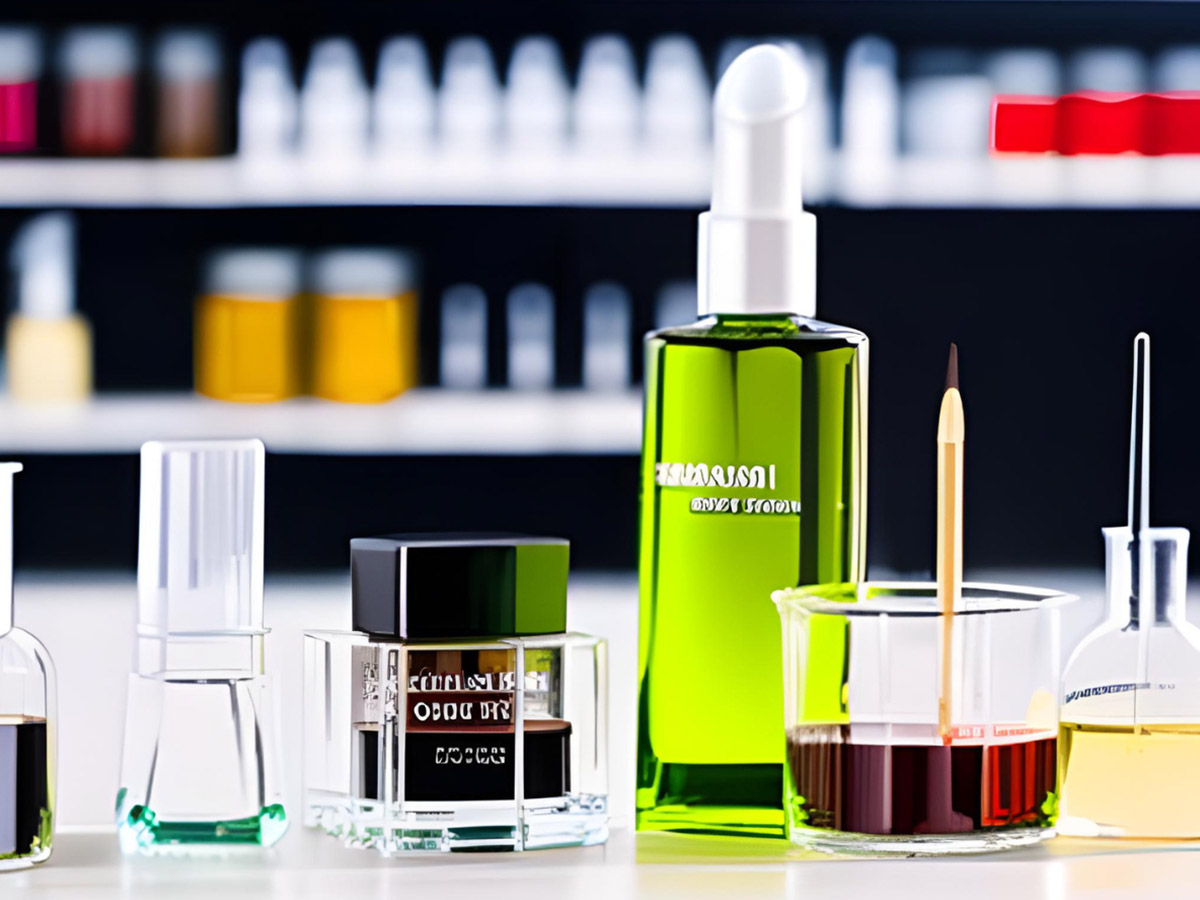The cosmetic industry is ever-growing, and the demand for safe and effective products is on the rise. To ensure the safety of consumers, cosmetic testing procedures have been developed to evaluate product formulations before they hit the market. This article delves into these processes, shedding light on what goes on behind the scenes in the world of cosmetic testing.
FDA Regulations and Guidelines
To begin with, it is crucial to mention that the Federal Food, Drug, and Cosmetic Act (FD&C Act) governs cosmetics sold in the United States. The FDA oversees the enforcement of this act, providing information and resources to manufacturers and consumers alike. While the FDA does not have the authority to approve cosmetic products before they enter the market, they do hold cosmetic companies responsible for ensuring product safety and compliance with the law.
What is GMP and why is it important in cosmetic testing?
GMP, or Good Manufacturing Practice, is crucial in cosmetic testing services. It sets standards for the quality and safety of cosmetic products. GMP ensures that manufacturing processes are consistent, controlled, and meet regulatory requirements. This is vital as cosmetic testing aims to analyze the effectiveness, safety, and quality of products before they are introduced to the market.
Types of Cosmetic Product Testing
There are several types of tests conducted on cosmetic products to ensure their safety and effectiveness. These tests can be broadly categorized into the following groups:
- Safety tests: Assessing product safety for human use by evaluating potential risks such as irritation, sensitization, or toxicity.
- Efficacy tests: Determining if a product delivers its intended benefits and meets marketing claims.
- Stability tests: Evaluating the shelf life and storage conditions of a product to maintain its quality, safety, and efficacy over time.
- Microbial tests: Ensuring that products meet acceptable standards for microbial content and contamination.
Safety Tests
Before a cosmetic product reaches consumers, it must undergo rigorous safety testing to minimize any potential harm. Safety tests can include:
- Skin irritation tests: Evaluating the potential for a product to cause skin irritation or inflammation.
- Sensitization tests: Assessing the allergenic potential of a cosmetic product and its ingredients.
- Eye irritation tests: Determining if products intended for use around the eyes are safe and non-irritating.
- Toxicity tests: Measuring the potential toxic effects of a product or its ingredients on various biological systems.
Although animal testing has been traditionally employed for safety assessments, there is a growing trend towards alternative methods that do not involve animals. These alternatives include in vitro testing using cell cultures, computer modeling, and human volunteer studies.
Efficacy Tests

In addition to safety, efficacy tests play a vital role in ensuring that cosmetic products live up to their claims. Some examples of efficacy tests include:
- Moisturization tests: Quantifying the ability of a product to hydrate the skin.
- Anti-aging tests: Evaluating the effectiveness of a product in reducing signs of aging, such as wrinkles and fine lines.
- Sun protection tests: Measuring a product’s ability to protect against ultraviolet (UV) radiation and determining its sun protection factor (SPF).
- Hair care tests: Assessing the performance of hair care products for attributes like conditioning, color retention, and volume enhancement.
Efficacy tests often involve the use of specialized equipment and analytical techniques, as well as human volunteer studies to gather data on product performance under real-life conditions.
Stability Tests
Stability tests are crucial in determining the shelf life and storage conditions of cosmetic products. These tests help ensure that a product maintains its quality, safety, and efficacy throughout its intended lifespan. Stability testing can involve:
- Accelerated aging tests: Exposing products to elevated temperatures and humidity levels to simulate long-term storage conditions and assess stability over time.
- Freeze-thaw tests: Subjecting products to cycles of freezing and thawing to evaluate their resistance to temperature changes.
- Light exposure tests: Assessing the impact of light on product stability, particularly for products containing light-sensitive ingredients.
- Compatibility tests: Evaluating how the product interacts with its packaging materials and whether any reactions could affect its stability or safety.
Microbial Tests
Microbial tests are essential in ensuring that cosmetic products meet acceptable standards for microbial content and contamination. This helps prevent spoilage and safeguards consumers from potential health risks associated with harmful microorganisms. Microbial testing can include:
- Total viable count (TVC): Quantifying the number of viable microorganisms present in a product sample.
- Preservative efficacy tests: Assessing the ability of a product’s preservative system to inhibit the growth of microorganisms.
- Pathogen screening: Detecting the presence of specific pathogenic microorganisms, such as bacteria, yeast, and mold.
In conclusion, cosmetic testing procedures are a crucial aspect of ensuring that cosmetic products are safe, effective, and of high quality. These tests cover a wide range of aspects, from safety assessments to efficacy evaluations, stability studies, and microbial analyses. By adhering to industry standards and regulations, manufacturers can uphold their commitment to consumer safety and satisfaction.